Apple today announced financial results for the first fiscal quarter of 2016, which corresponds to the fourth calendar quarter of 2015. For the quarter, Apple posted revenue of $75.9 billion and net quarterly profit of $18.4 billion, or $3.28 per diluted share, compared to revenue of $74.6 billion and net quarterly profit of $18 billion, or $3.06 per diluted share, in the year-ago quarter. Both revenue and earnings were company records.
Gross margin for the quarter was 40.1 percent compared to 39.9 percent in the year-ago quarter, with international sales accounting for 66 percent of revenue. Apple also declared an upcoming dividend payment of $0.52 per share, payable on February 11 to shareholders of record as of February 8. The company currently holds $215.7 billion in cash and marketable securities, partially offset by $53.2 billion in long-term debt.
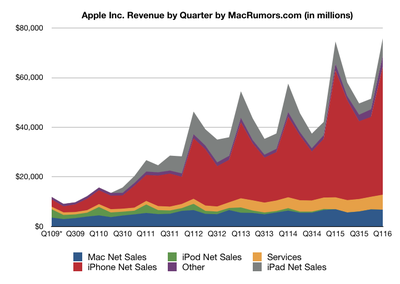
Apple sold a record 74.8 million iPhones during the quarter, up slightly from 74.5 million a year earlier, while Mac sales were down slightly to 5.3 million units sold from 5.5 million units in the year-ago quarter. iPad sales were also down once again, falling to 16.1 million from 21.4 million despite the introduction of the iPad Pro during the quarter.
“Our team delivered Apple’s biggest quarter ever, thanks to the world’s most innovative products and all-time record sales of iPhone, Apple Watch and Apple TV,” said Tim Cook, Apple’s CEO. “The growth of our Services business accelerated during the quarter to produce record results, and our installed base recently crossed a major milestone of one billion active devices.”
Apple's guidance for the second quarter of fiscal 2016 includes expected revenue of $50–53 billion and gross margin between 39 and 39.5 percent. Revenue guidance is slightly below analyst expectations.
In supplemental materials, Apple explains that currency headwinds have cost the company 15 percent in earnings over the past 18 months. Using "constant currency" measures, Apple's revenue for the holiday quarter would have been $80.8 billion for an 8 percent increase year-over-year.
 Apple will provide live streaming of its fiscal Q1 2016 financial results conference call at 2:00 PM Pacific, and MacRumors will update this story with coverage of the conference call highlights.
Apple will provide live streaming of its fiscal Q1 2016 financial results conference call at 2:00 PM Pacific, and MacRumors will update this story with coverage of the conference call highlights.
Conference Call and Q&A Highlights are available in reverse chronological order after the jump.


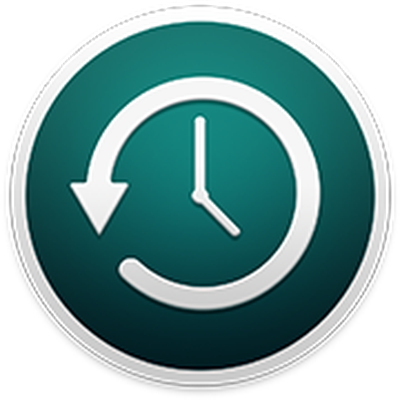 Finding a reliable backup solution for the Mac that runs in the background and isn't a drain on system resources was once considered a challenging prospect.
Finding a reliable backup solution for the Mac that runs in the background and isn't a drain on system resources was once considered a challenging prospect. 
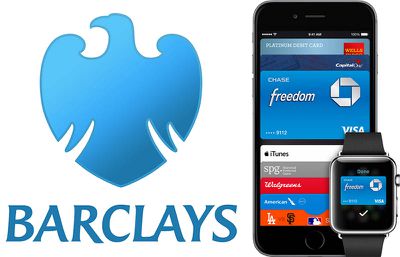

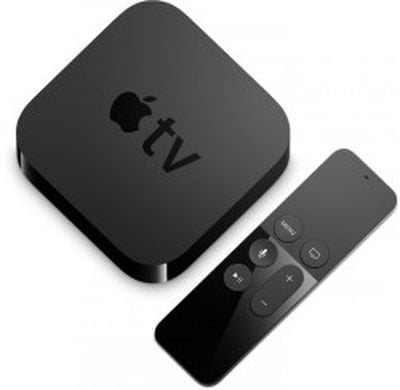 Apple has added
Apple has added 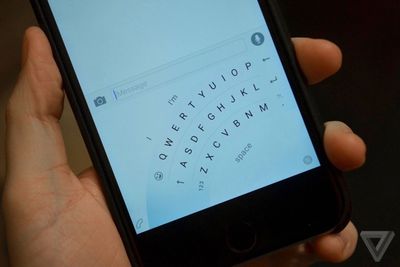
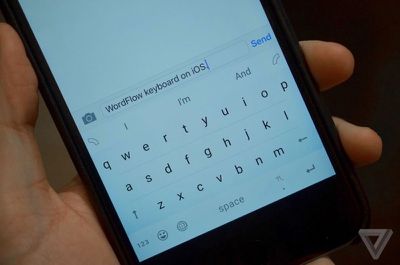

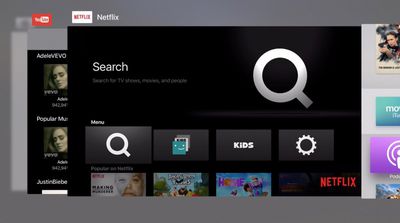
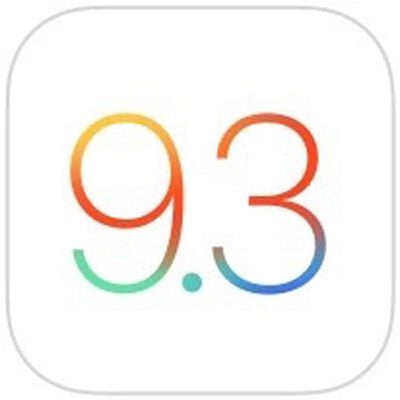 Apple today seeded the second beta of an upcoming iOS 9.3 update to developers for testing purposes, two weeks after seeding the
Apple today seeded the second beta of an upcoming iOS 9.3 update to developers for testing purposes, two weeks after seeding the 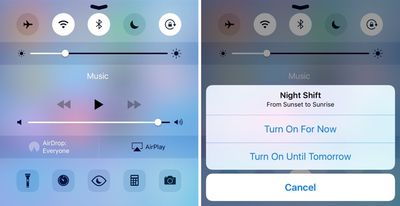
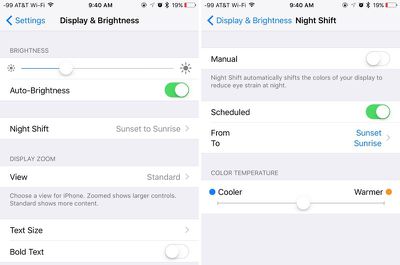
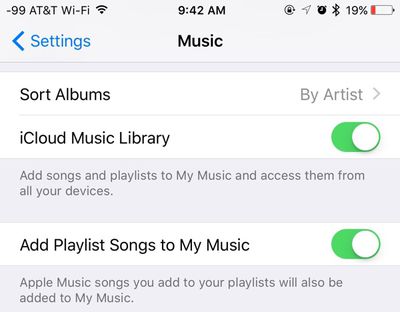
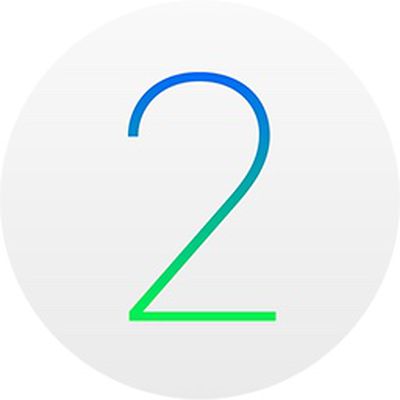 Apple today seeded the second beta of an upcoming watchOS 2.2 update to developers, two weeks after seeding the first
Apple today seeded the second beta of an upcoming watchOS 2.2 update to developers, two weeks after seeding the first 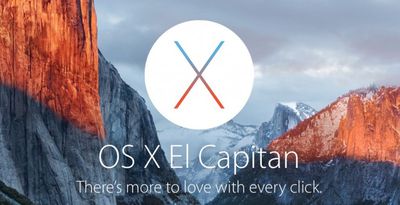
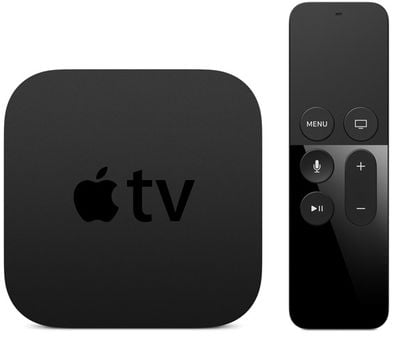
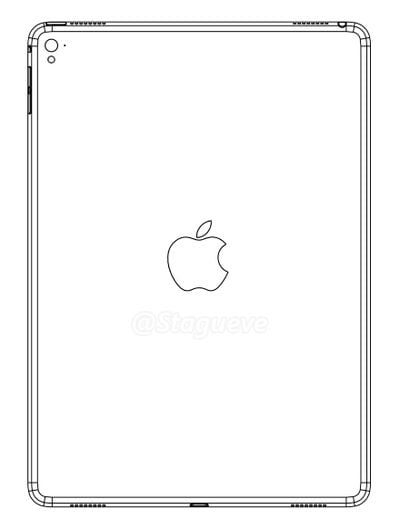
 Following the
Following the 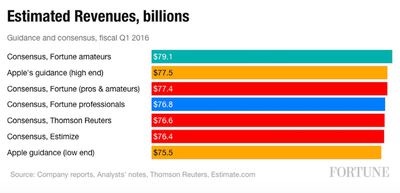
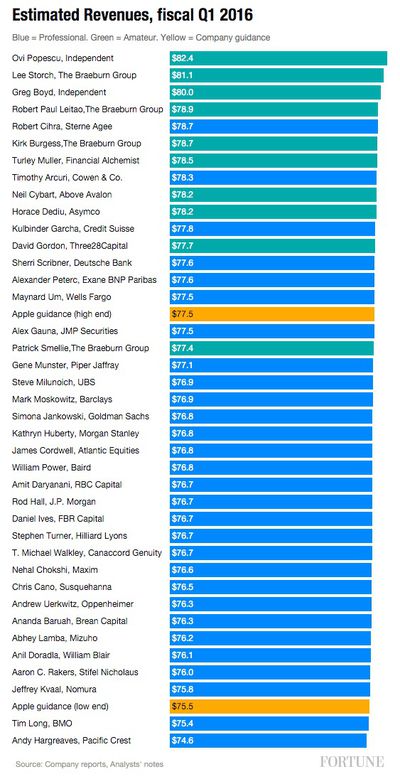

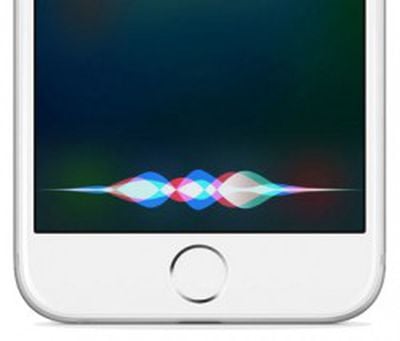 Apple's next-generation 4-inch iPhone is more likely to include variants of the A9 and M9 motion coprocessor chips, allowing for always-on Hey Siri, according to
Apple's next-generation 4-inch iPhone is more likely to include variants of the A9 and M9 motion coprocessor chips, allowing for always-on Hey Siri, according to 











